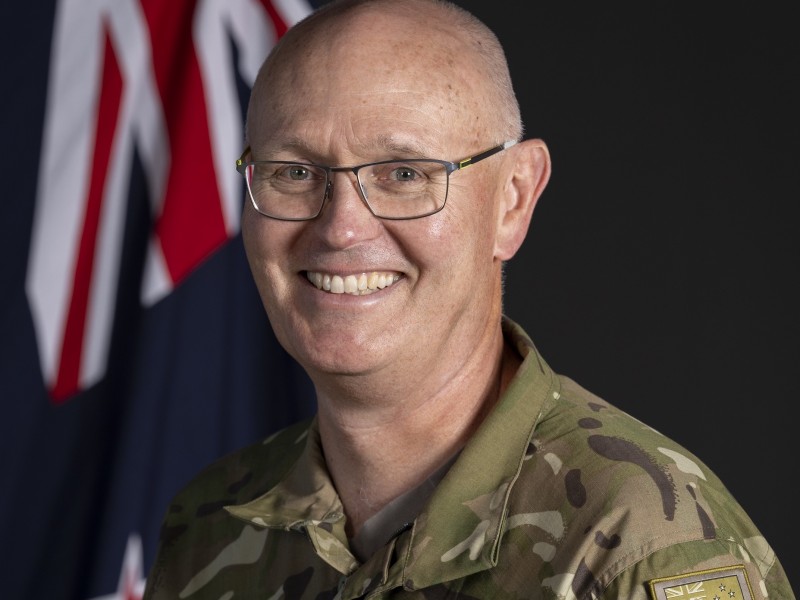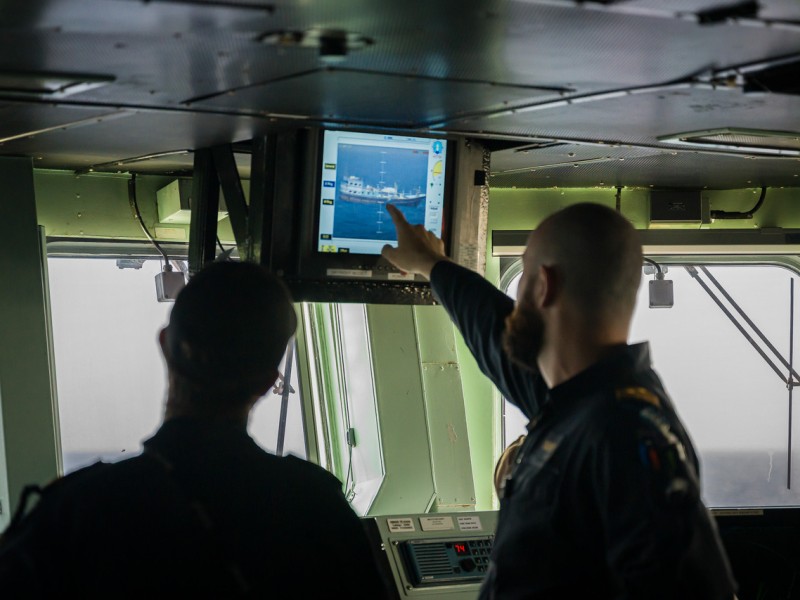Commodore Rodger Ward was the leader of task force carrying out a 6-month operation within Middle Eastern waters.
The Royal New Zealand Navy worked in close quarters with personnel from around the world, including Australia, Canada, India, Singapore and the United States.
Task Force 150 was one of five stationed in Bahrain with the mission of preventing and creating long term disruptions for international drug smuggling operations.
However, Ward told Metronews that this mission wasn’t just to ensure trade routes for New Zealand, but also a way to strengthen ties with international allies.
Ward described how upholding maoritanga and other local kaupapa helped the diverse navy groups present on the mission connect quicker that expected.“We told the stories of Maui and the fishhook as sort of an example of our values, and within a week he [the commander of the Indian Navy unit] was able to recite it back to me.”
“And they brought their own culture as well. The beauty of the team that we put together is that they’re all sailors, so they all come with a common value around the sea... mixing the culture was very easy.”



